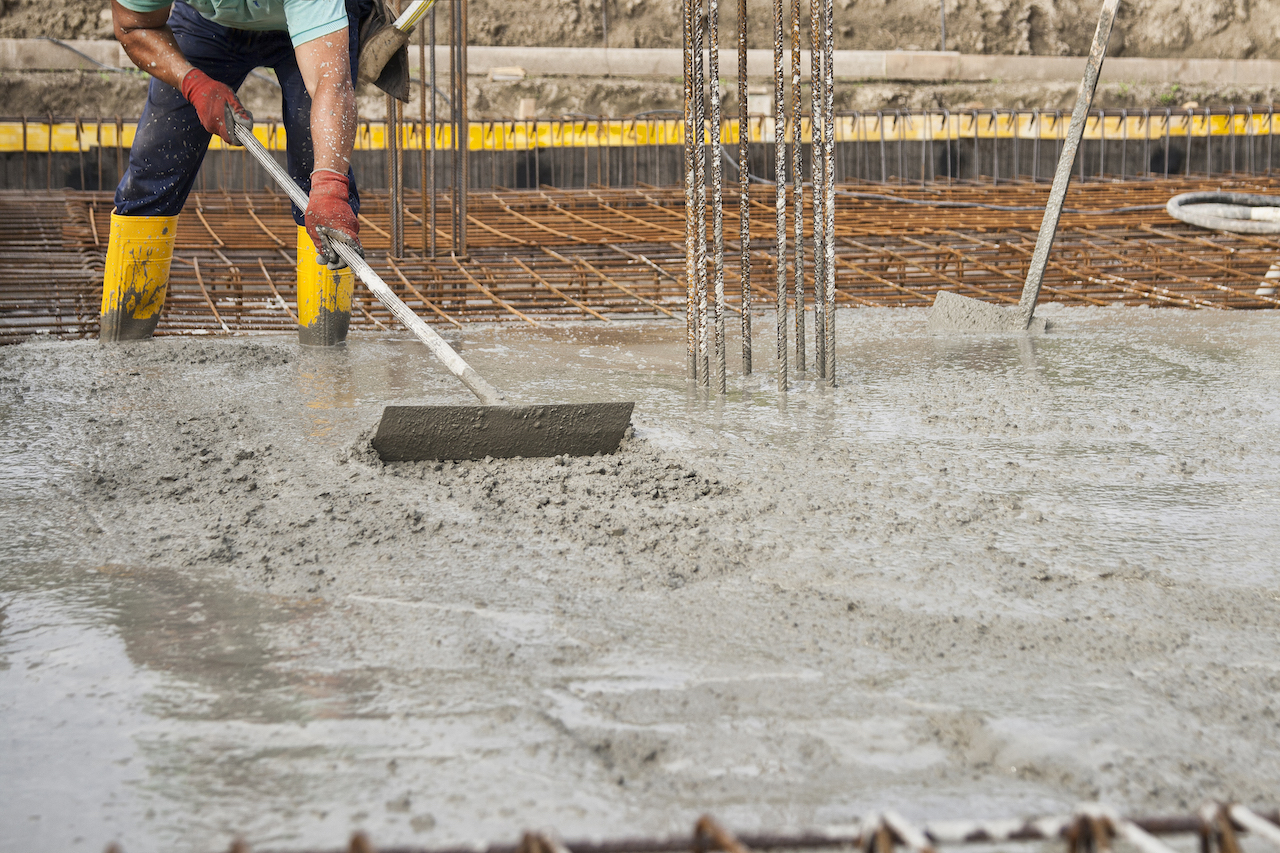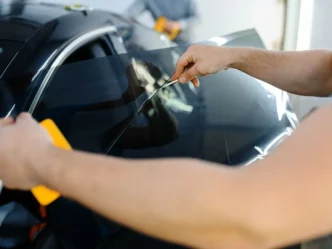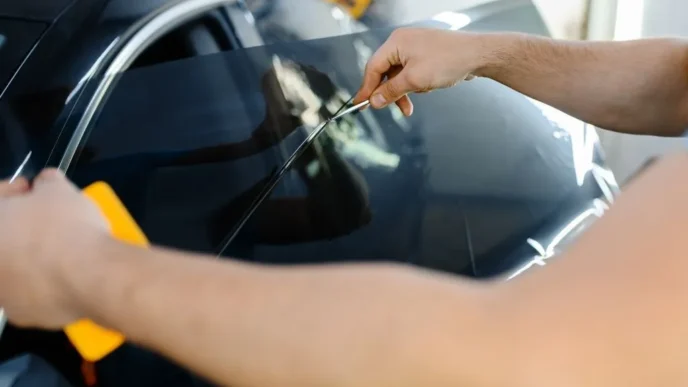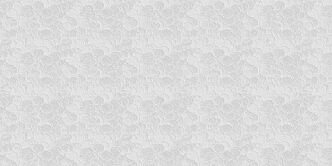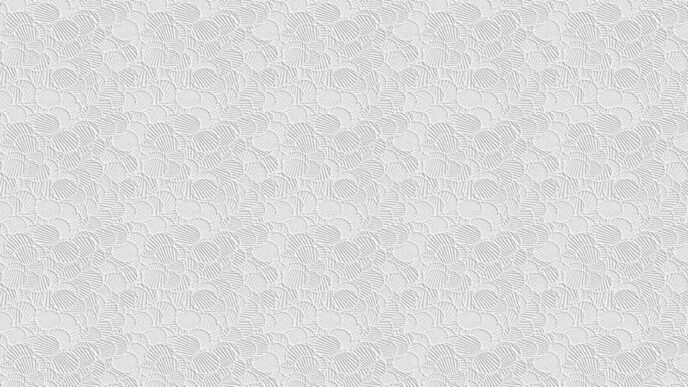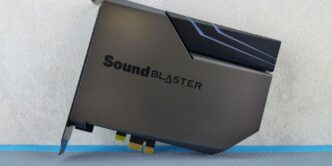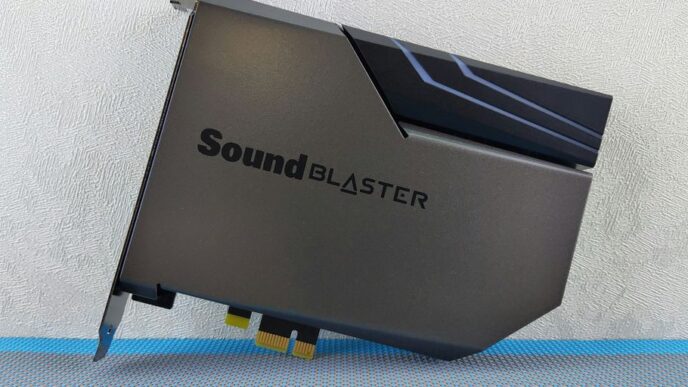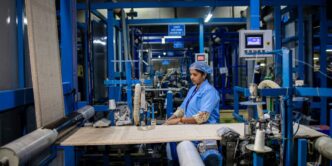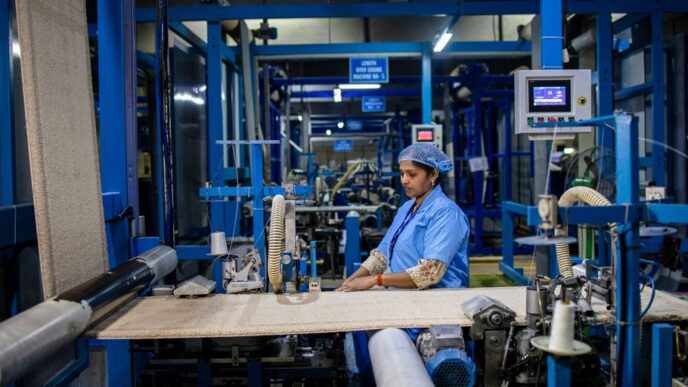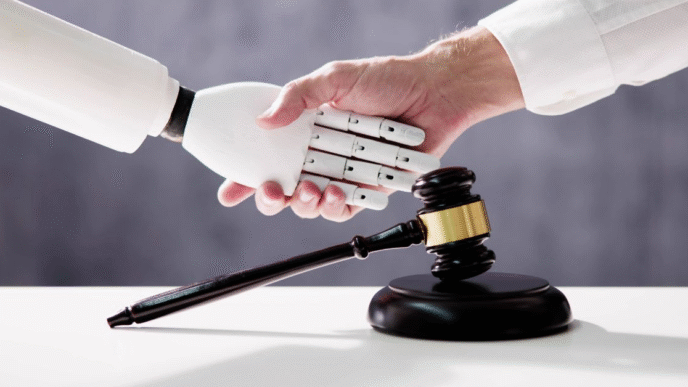Concrete is one of the most widely used materials in construction, but it also has a significant impact on the environment. Traditional concrete production emits large amounts of carbon dioxide and contributes to pollution and depletion of natural resources. However, with the growing focus on sustainability, there have been numerous developments in creating more environmentally friendly options for concrete.
In this guide, we will explore seven sustainable concrete solutions that are not only better for the environment, but also offer numerous benefits in terms of durability and cost-effectiveness.
1. Fly Ash Concrete
Fly ash is a byproduct of coal-fired power plants and can be used as a partial replacement for cement in concrete production. This reduces the amount of cement needed, resulting in significant energy savings and reduction in carbon dioxide emissions. Additionally, the use of fly ash improves concrete’s workability and durability.
2. Recycled Aggregate Concrete
Recycled aggregate concrete utilizes recycled materials such as crushed concrete and construction waste instead of natural aggregates like gravel or sand. This not only reduces the need for mining and quarrying, but also helps divert waste from landfills. Recycled aggregate concrete also has similar strength and durability as traditional concrete.
3. Geopolymer Concrete
Geopolymer concrete is made from industrial byproducts such as fly ash, ground granulated blast furnace slag (GGBFS), and silica fume instead of cement. This eliminates the need for limestone, which is a major contributor to carbon dioxide emissions in traditional concrete production. Geopolymer concrete also has a longer lifespan and higher resistance to chemicals and fire.
4. Hempcrete
Hempcrete is a bio-composite material made from the inner woody core of the hemp plant mixed with lime-based binder. It offers excellent thermal insulation, regulating temperature and humidity within buildings, and requires significantly less energy for production compared to traditional concrete.
Hempcrete is also carbon negative, meaning it absorbs more carbon dioxide than it emits.
5. Ferrock
Ferrock is a sustainable alternative to traditional concrete that uses waste steel dust from industrial processes as a binder. It has a much higher strength and durability compared to regular concrete, and also actively absorbs carbon dioxide over its lifespan, making it a carbon-negative material.
6. Self-Healing Concrete
Self-healing concrete contains bacteria that can produce limestone, filling in any cracks or damage to the concrete over time. This not only increases its lifespan and durability, but also reduces maintenance and repair costs.
7. Timbercrete
Timbercrete is a mix of sawdust waste and recycled plastic that can be used as a replacement for traditional concrete blocks. It offers similar strength and durability, but with added thermal insulation properties. Timbercrete also has a lower carbon footprint compared to traditional concrete.
With the increasing demand for sustainable construction practices, it is important to explore and implement alternative solutions for concrete production. These seven sustainable options not only reduce environmental impact, but also offer numerous benefits in terms of cost-effectiveness and durability. As we continue to push for more sustainable building materials, it is important to consider these solutions and their potential impact on the environment. So, be sure to keep these options in mind when embarking on your next construction project.

